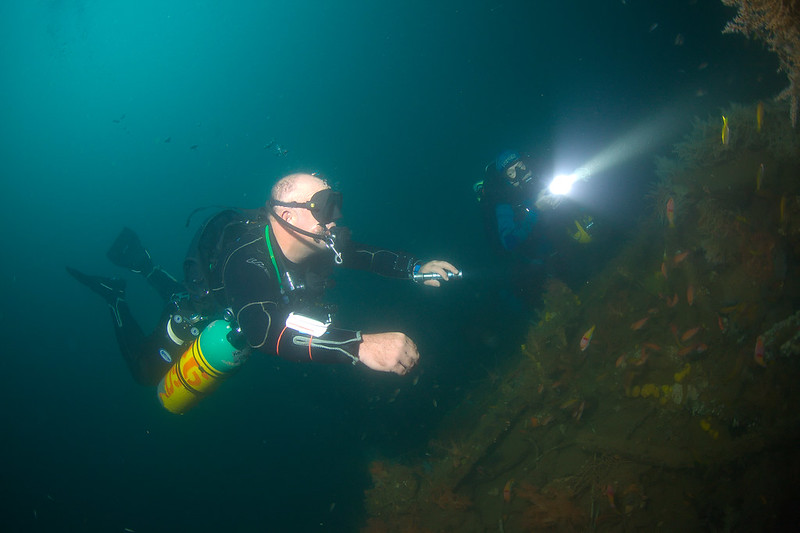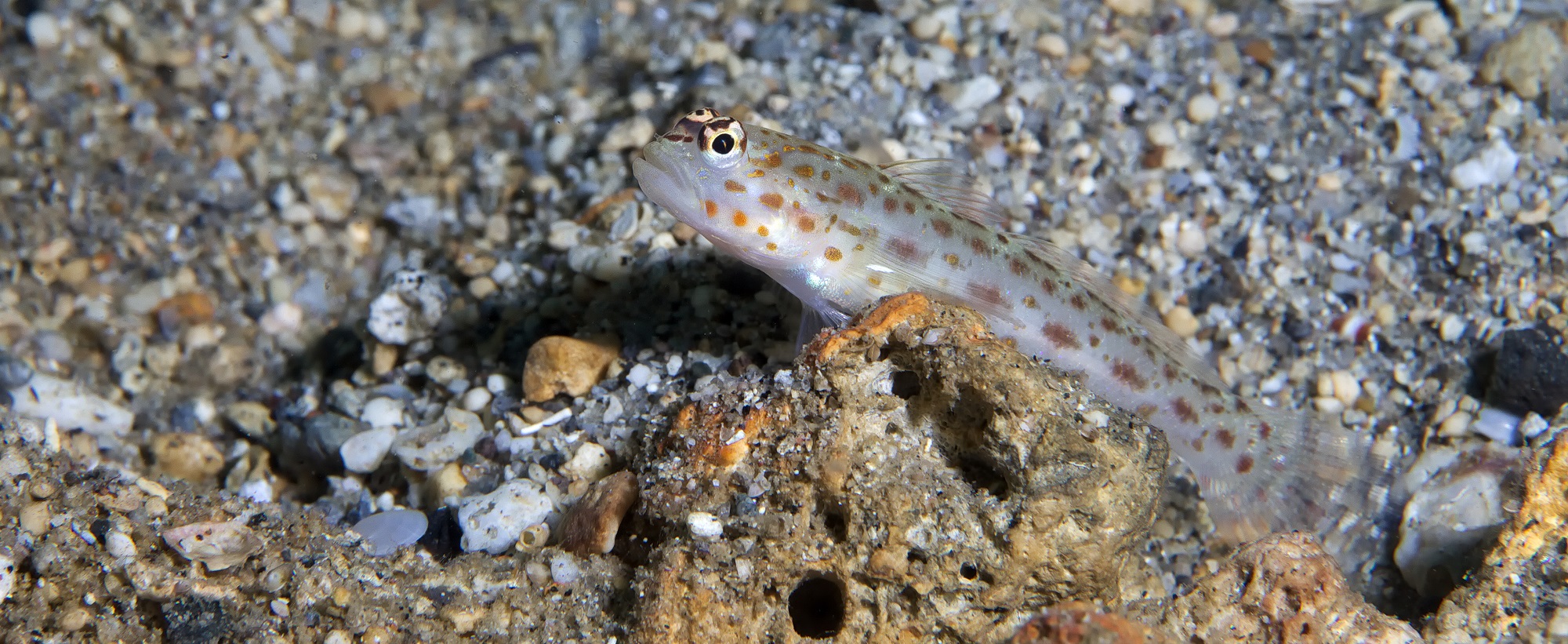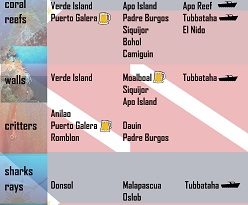Photographing the Subic Wrecks
This week I had a great time photographing the wrecks of Subic Bay on the west coast of Luzon, in the north of the Philippines. The bay used to be the location of a US naval base, and it has wrecks from the Spanish-American war, from WWII, and scuttled American ships and planes from the area afterwards. It’s quite a playground for the wreck-diving aficionado and underwater photographer.
Many thanks to my mate Kent Simmonds at Arizona Dive Shop for making it happen! His dives shop is great place with friendly staff and excellent resources for recreational and technical diving. Technical diving is the art of going deeper and staying longer than recreational divers do. Technical dives usually involve more than one tank, with different breathing gases (for the deep part of the dive vs. the ascent). In Subic, some wrecks are so deep that they can be visited by tech divers only, and other are at the deeper end of the depths accessible by recreational divers. You will be able to spend more time on these wrecks if you dive them with a tech approach.
Click on the image below to see all my shots from my dives in Subic on Flickr:

It’s not easy to photograph shipwrecks. They are large, with lots of shadows, often deep, with little ambient light available, and often in murky waters.
I recommend:
- use a wide angle lens! A lens with a wide field of view allows you to get close to the wreck, and capture a big part of it.
- Don’t be greedy with strobe light. I tend to aim my strobe slightly away from the photo subject, and I like to keep it on a long arm, away from the lens. Hence I get less light on the wreck, but more even illumination, and a lesser danger of creating back scatter in my image. Back scatter, for those who don’t shoot underwater yet, are the strobe-illuminated suspended particles in the water. They look like snow in the photograph you get, and basically ruin it!
In wreck photography you will always have to rely on ambient light, to a degree. The strobe can add warm colors back, but not illuminate the whole wreck. - Shoot against surfaces. Back scatter looks less unsightly in front of a wreck wall, as opposed to the blue water above it.
- Include a diver or a fish in your shot. Wrecks look out-of-context without a diver or some marine life on them. The viewer just has no sense of scale without a person or an animal on the wreck.
- Go hard in post processing. Sometimes it makes sense to clean out a bit of back scatter from an image which is otherwise well exposed and composed. I also like to increase the saturation of the image more when the pictures were taken in low light (and hence light lacking a strong red component), as is common around wrecks.
The wrecks of Subic are also covered in “Wracktauchen Philippinen”, by Stefan Baehr, with a chapter of mine about marine life on wrecks. The book is currently only available in German, but I am working on an English edition, which will be released later in 2017.



